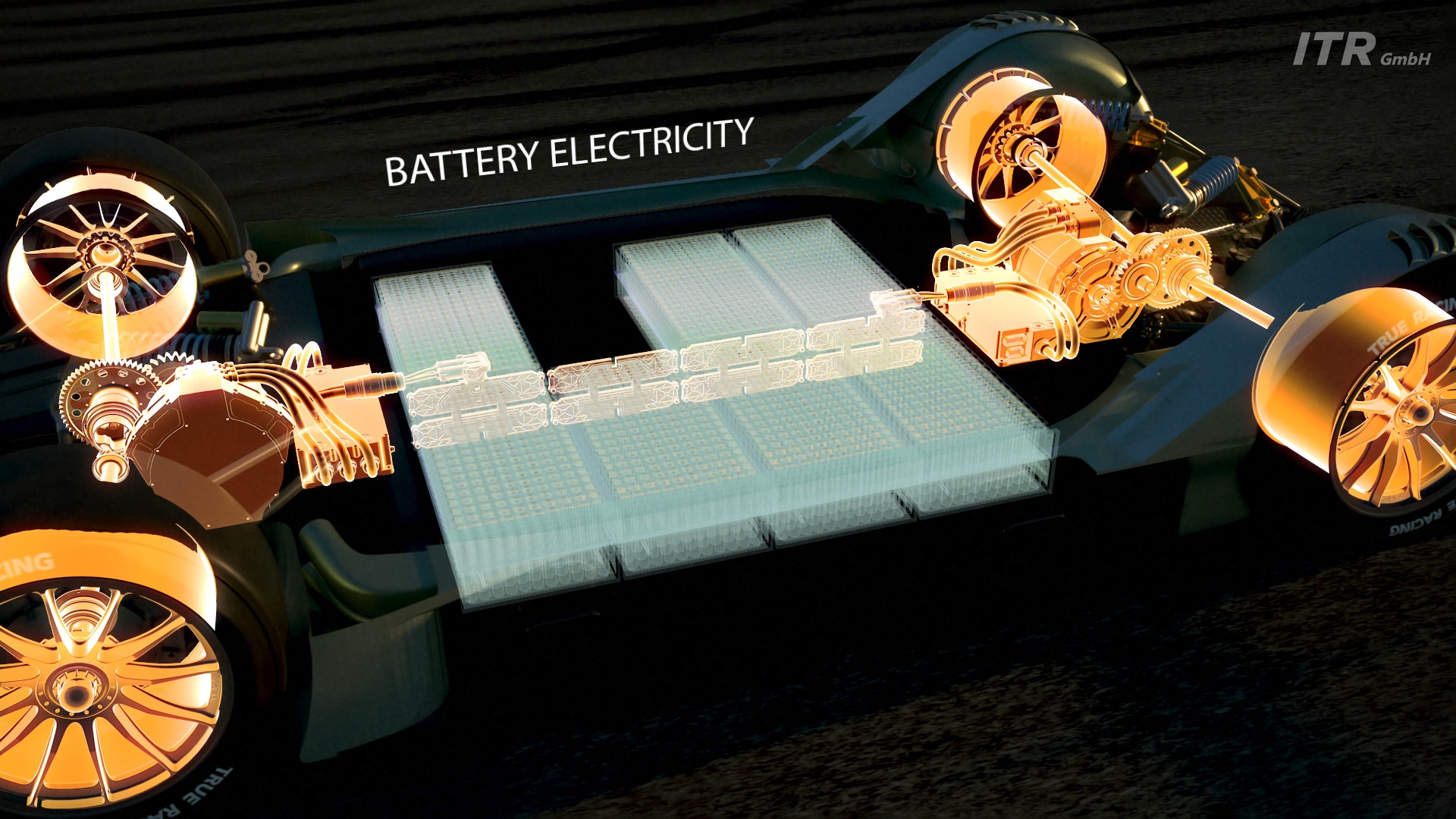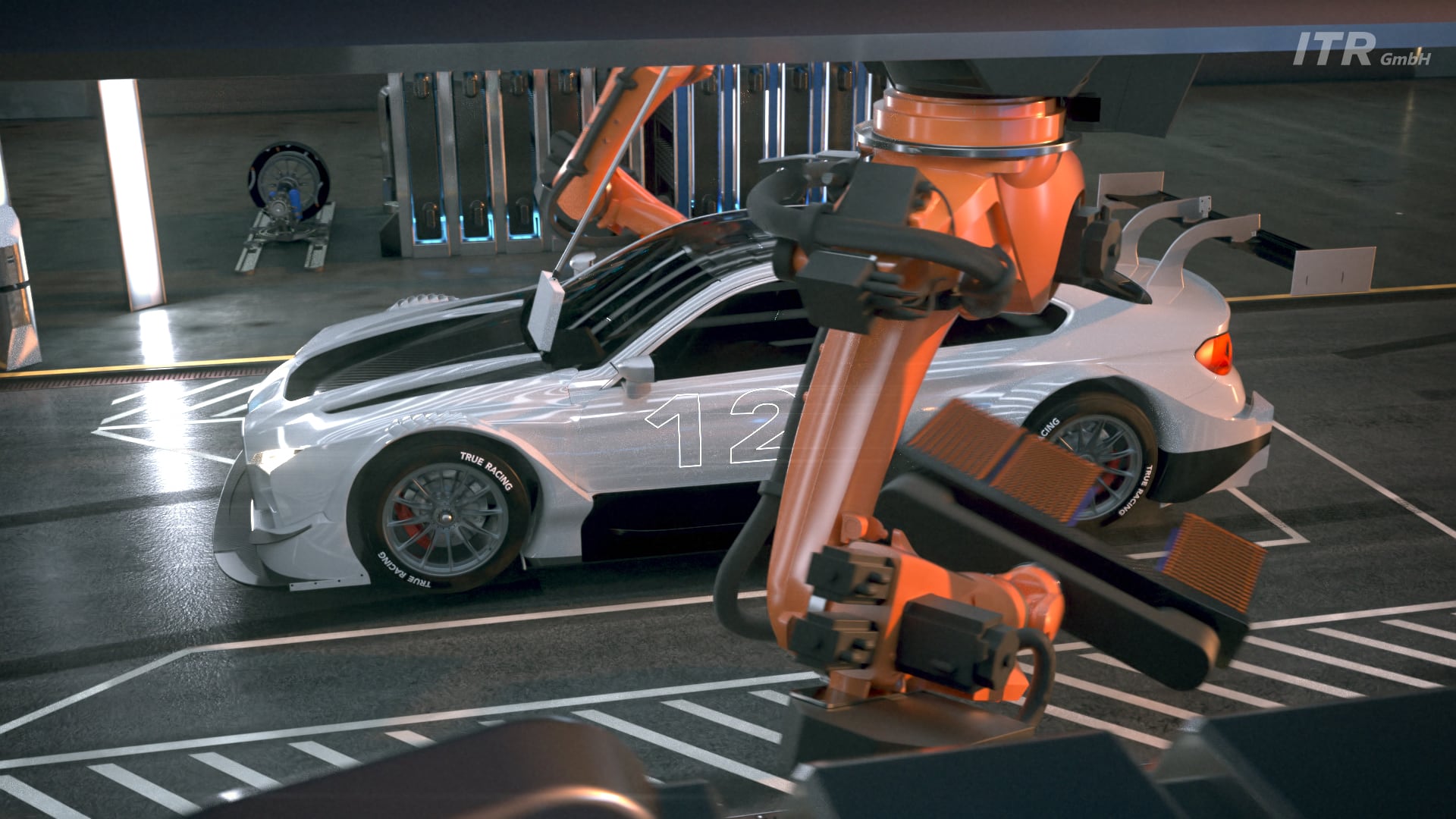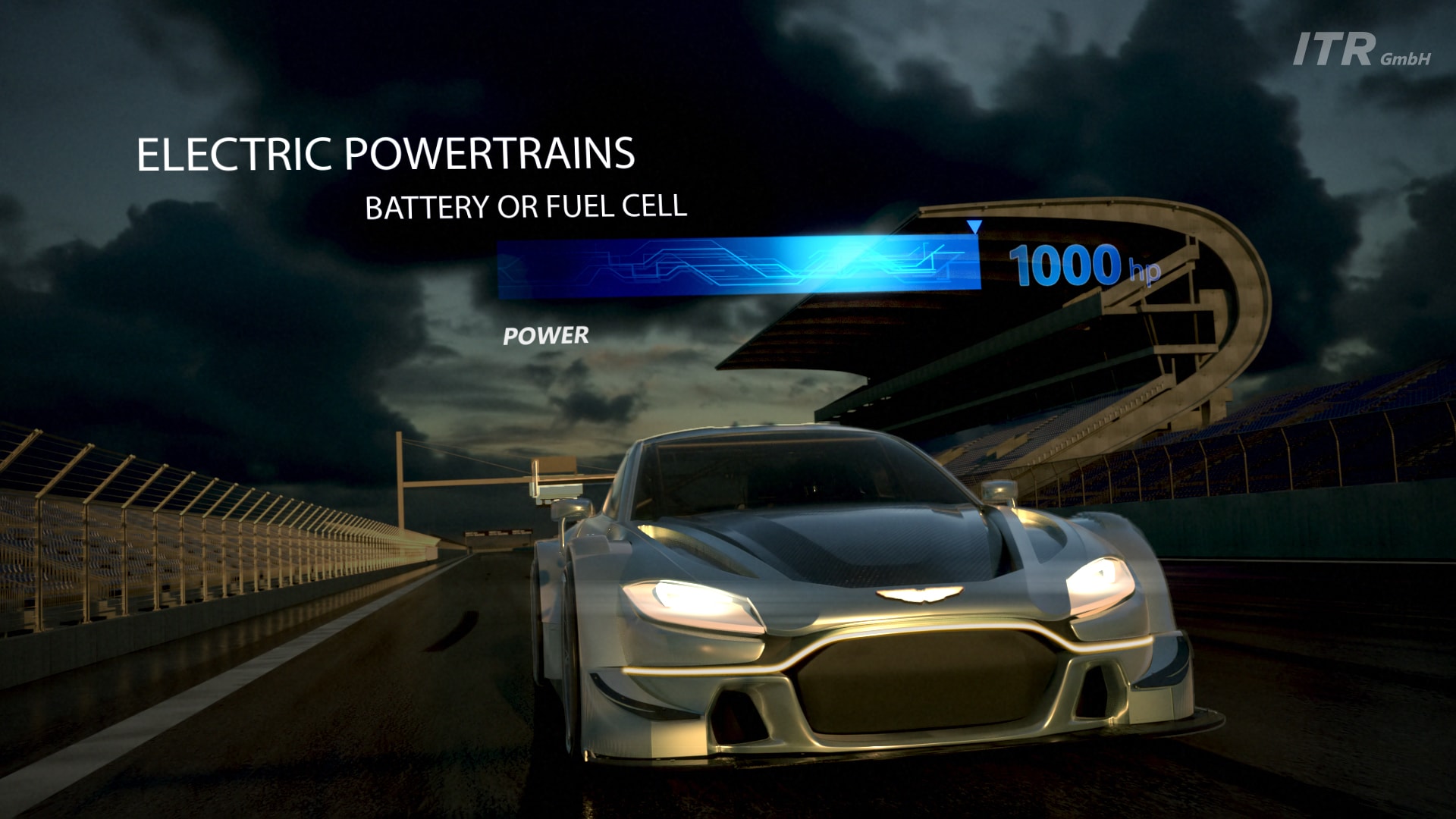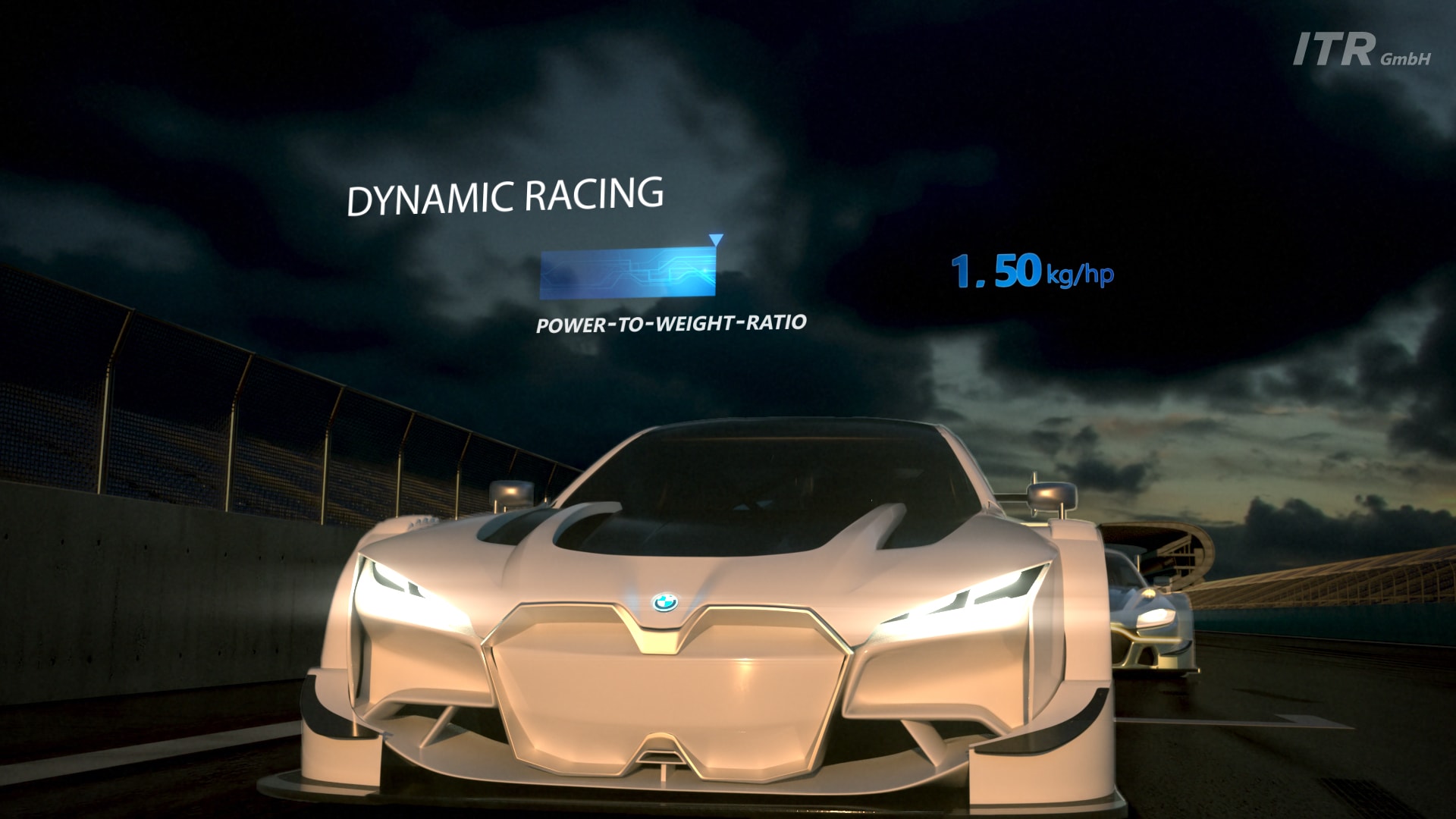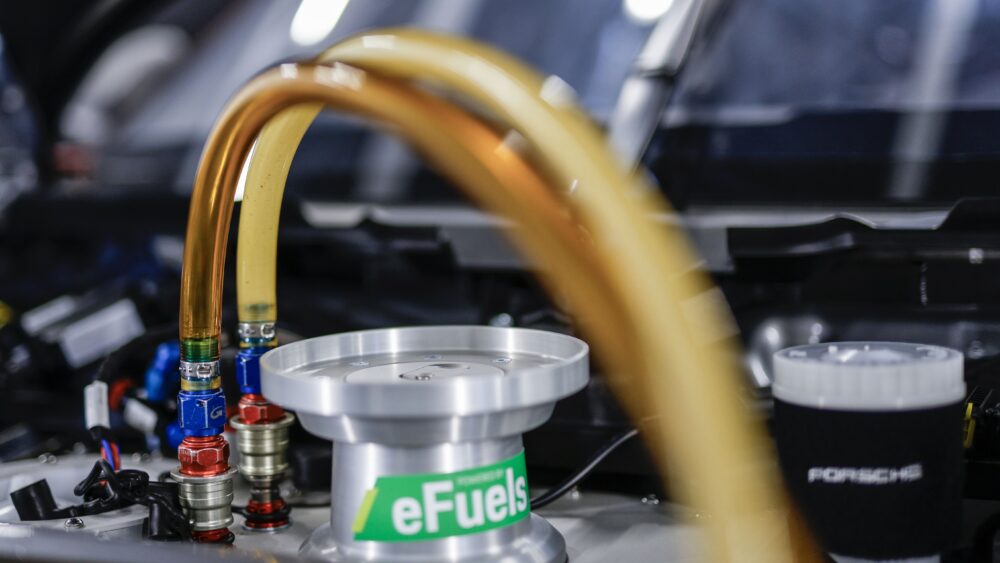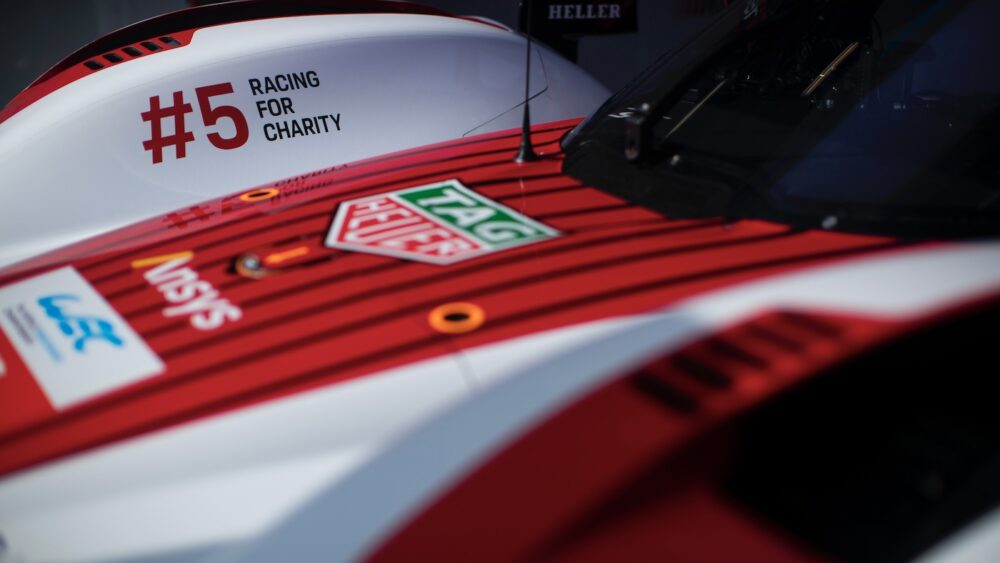DTM: Vision of an electric racing series 🎥
QUANTENSPRUNG ITR, the marketer of the DTM, is looking to the future of motorsport with a spectacular concept study for uniform racing vehicles with modular electric drive. The video distributed by ITR shows animations of the e-racing vehicles and pit stops with robots instead of humans as crew. The vision presented represents a quantum leap in motorsport that will bring great [...]
The video distributed by ITR shows animations of the e-racing cars and pit stops with robots instead of humans as the crew.
The vision presented represents a quantum leap in motorsport, involving major technical and organizational challenges, but also opportunities. For manufacturers, the racing series outlined acted equally as a testing ground and development accelerator for technologies with relevance for production cars.
The design is unique in several respects and goes far beyond currently existing racing series with electric vehicles (FIA Formula E and the ETCR planned from 2020). For example, the electric motors of the racing vehicle studies are supplied with energy in two different ways: either via a battery or via a fuel cell that converts hydrogen into electrical energy.
Up to 1000 hp
The design envisages extremely powerful touring cars in which drivers can call up to 1000 hp for short periods. Given this power, a 30- to 40-minute race would require a change of battery or hydrogen tank. The vision of a future racing series therefore envisages a world first for the pit stops: Industrial robots would not only change the wheels automatically, but also the battery located in the vehicle underbody or the hydrogen tank - depending on the energy storage.
Race in the supporting program of the DTM
A series for electric racing vehicles would start in the DTM supporting program. The vision envisages standardized vehicles in which the electric drive with electric motors, power electronics and battery (BEV) or fuel cell would be largely standardized.
In the coming months, ITR will continue work on a detailed feasibility study. In a technology project of this kind, costs must be kept under control. This is only possible if large parts of the development are controlled centrally and key technical components of the eventual race car are standardized.








